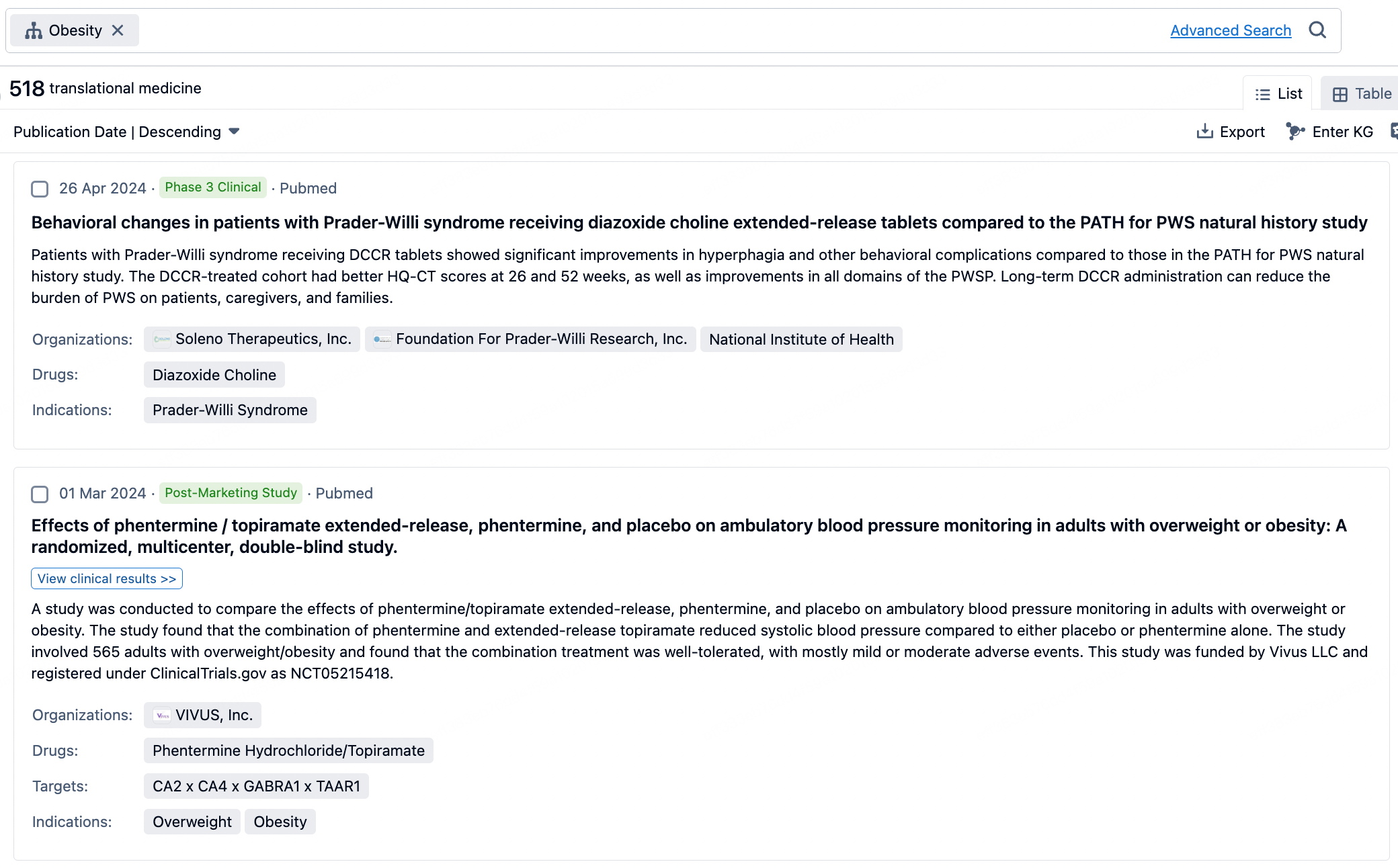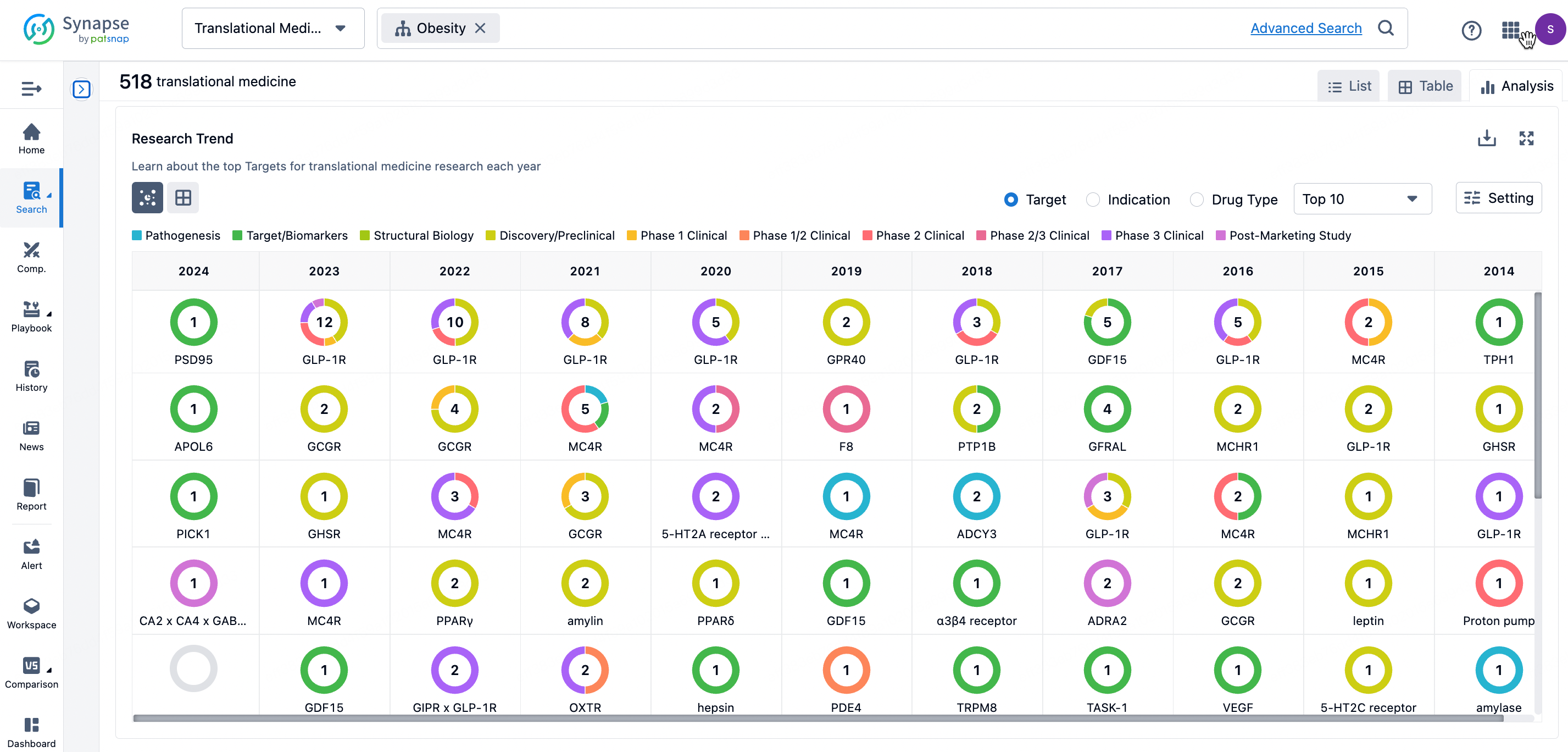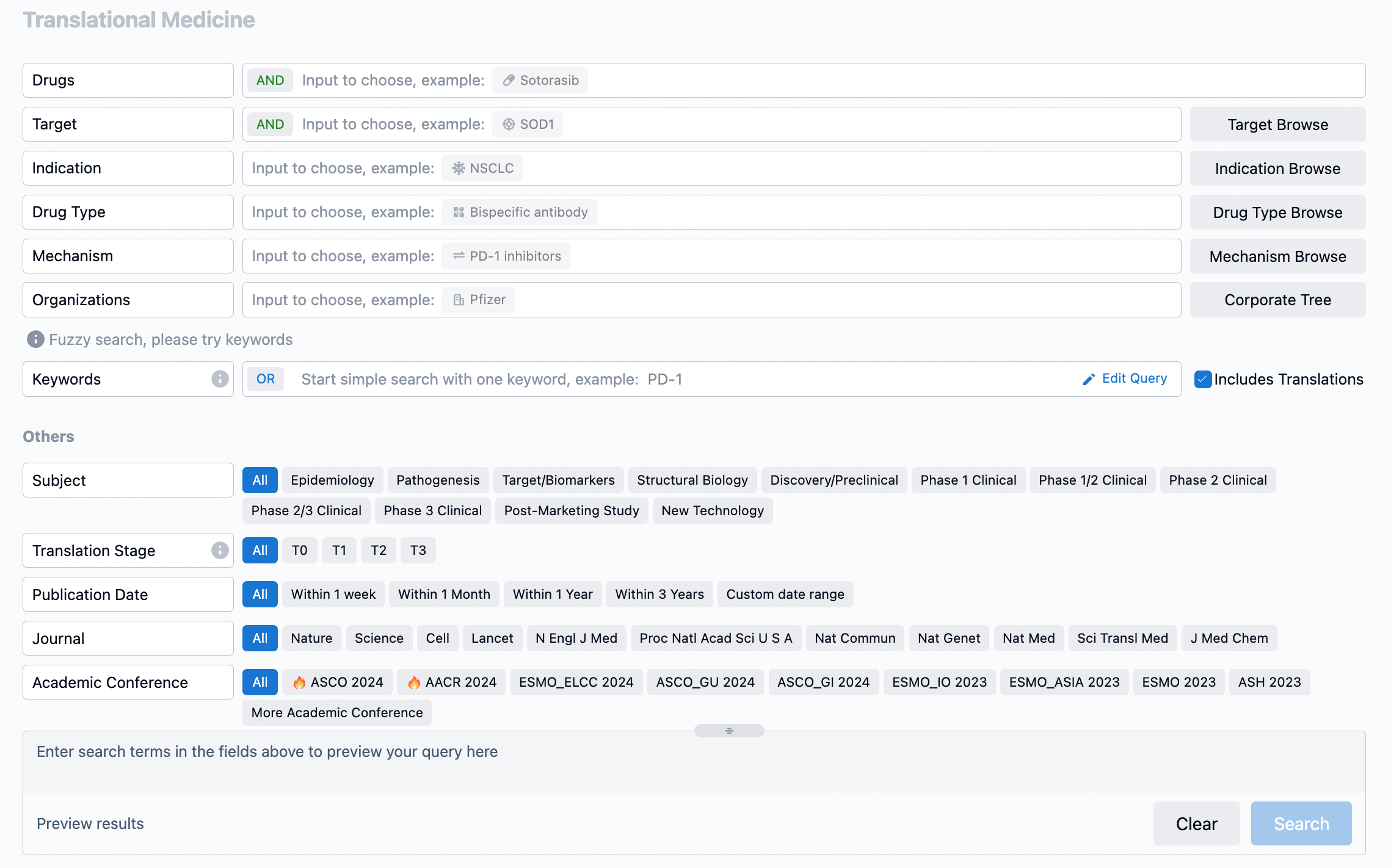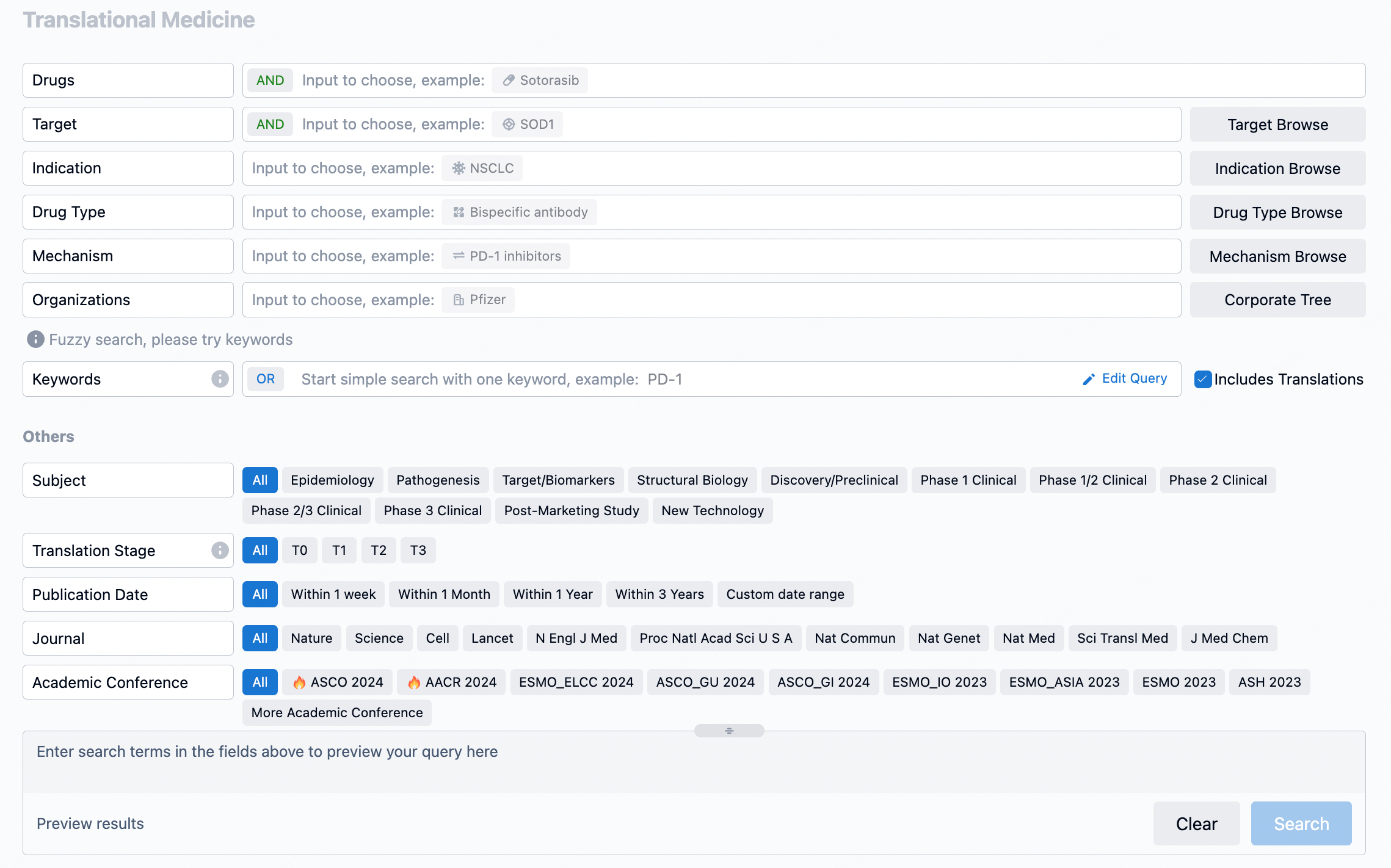Exploring S 16924: A Comparative Study on Receptorial and Neurochemical Profiles with Clozapine and Haloperidol for Antipsychotic Potential
In vivo studies reveal that S 16924 acts as an agonist at 5-HT1A autoreceptors, effectively inhibiting serotoninergic neuronal firing in the raphe region, an effect that can be reversed by the 5-HT1A antagonist WAY 100,635. Clozapine and haloperidol have a weaker impact on neuronal firing and are not affected by WAY 100,635. S 16924 also more potently reduces serotonin turnover in the striatum compared to clozapine or haloperidol.
Regarding dopaminergic transmission, S 16924 shows only a slight blockage of the inhibitory effect of the dopamine agonist apomorphine on dopaminergic neuronal firing, and it weakly increases dopamine turnover in various brain regions. Clozapine shows similar weak activity, while haloperidol, due to its higher D2 and D3 receptor affinity, is more potent.
In the frontal cortex of rats, S 16924 reduces serotonin levels and increases dopamine and NAD levels in a dose-dependent manner. However, it only suppresses serotonin levels in the striatum and nucleus accumbens without affecting dopamine levels there. Clozapine replicates this selective increase in frontal cortex dopamine levels compared to the striatum and accumbens, while haloperidol uniformly raises dopamine levels across these regions.
Finally, the influence of S 16924 on serotonin, dopamine, and NAD levels in the frontal cortex is diminished by WAY 100,635. Overall, S 16924 has a unique interaction profile at monoaminergic receptors, similar to clozapine but distinct from haloperidol, and acts as a potent, partial agonist at 5-HT1A receptors. Its acute administration decreases brain serotonin transmission and selectively enhances frontocortical dopamine transmission, suggesting a unique potential for antipsychotic activity as indicated in accompanying behavioral studies.
How to Use Synapse Database to Search and Analyze Translational Medicine Data?
The transational medicine section of the Synapse database supports searches based on fields such as drug, target, and indication, covering the T0-T3 stages of translation. Additionally, it offers a historical conference search function as well as filtering options, view modes, translation services, and highlights summaries, providing you with a unique search experience.
Taking obesity as an example, select "obesity" under the indication category and click search to enter the Translational Medicine results list page. By clicking on the title, you can directly navigate to the original page.

By clicking the analysis button, you can observe that GLP-1R treatment for obesity has gained significant attention over the past three years, with preclinical research still ongoing in 2023. Additionally, there are emerging potential targets, such as GDF15, among others.

Click on the image below to go directly to the Translational Medicine search interface.

